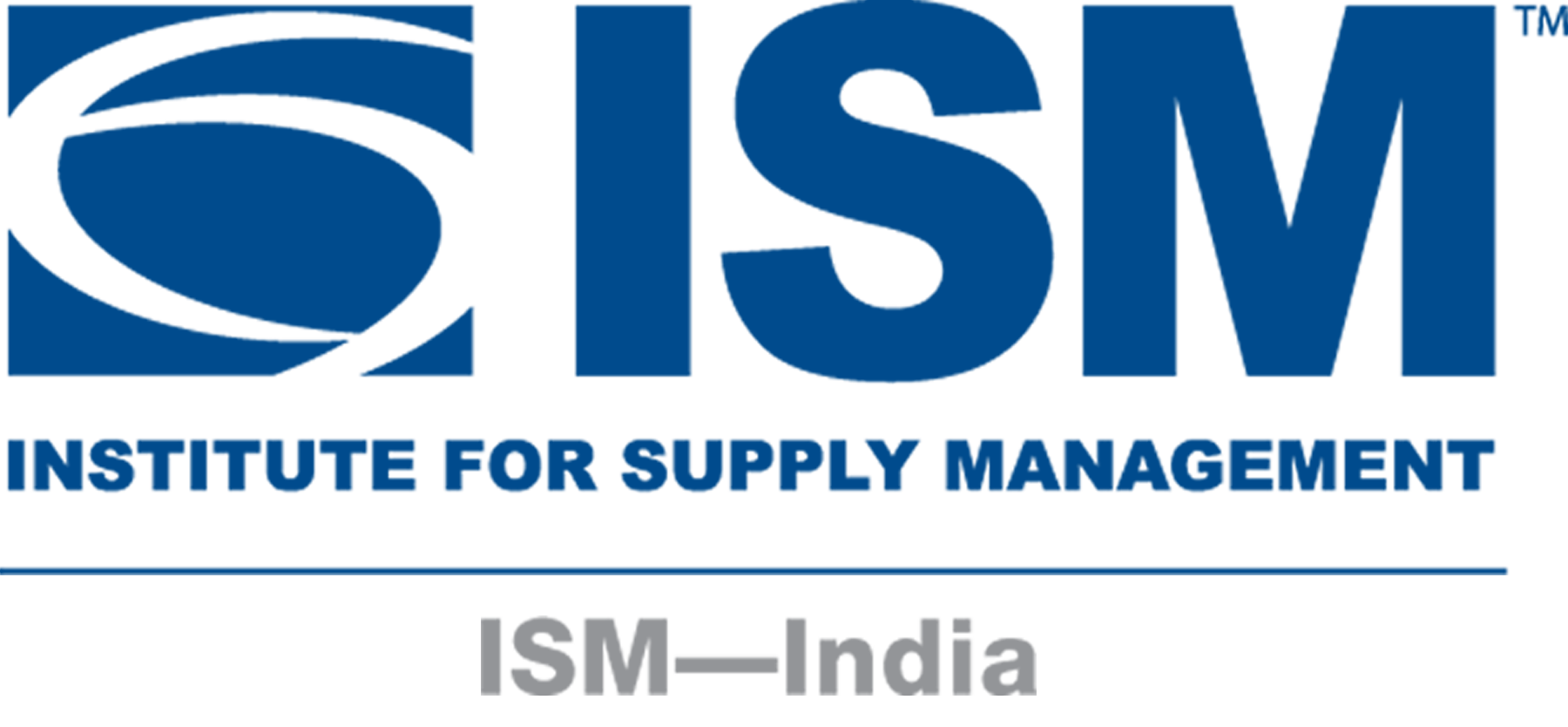Despite the impact of disasters like the 2011 earthquake and tsunami in Fukushima, Japan, many multinationals still have not built resilient supply chains. That lesson is being brought home by the coronavirus epidemic, which has disrupted supplies from China and is now spreading to other parts of the world. This article offers advice on how to build supply chains in ways that minimize or avoid risk when disasters occur.
As governments and health care agencies work to stop the spread of Covid-19 and to treat those who are infected, manufacturers in more than a dozen industries are struggling to manage the epidemic’s growing impact on their supply chains. Unfortunately, many are facing a supply crisis that stems from weaknesses in their sourcing strategies that could have been corrected years ago.
Just how extensive the crisis is can be seen in data released by Resilinc, a supply-chain-mapping and risk-monitoring company, which shows the number of sites of industries located in the quarantined areas of China, South Korea, and Italy, and the number of items sourced from the quarantined regions of China.
Learning Painful Lessons … Again
After the March 2011, earthquake and tsunami in Fukushima, Japan, many multinationals learned painful lessons about the hidden weaknesses in their supply chains — weaknesses that resulted in the loss of revenue, and in some cases, market cap. While most companies could quickly assess the impacts that
Fukushima had on their direct suppliers, they were blindsided by the impacts on second– and third-tier suppliers in the affected region. Almost nine years later, it seems the lessons of Fukushima must be learned anew as many companies worldwide scramble to identify which of their “invisible” lower-tier suppliers — those with whom they don’t directly deal — are based in the affected regions of China.
Many companies are probably also regretting their reliance on a single company for items they directly purchase. Supply-chain managers know the risks of single sourcing, but they do it anyway in order to secure their supply or meet a cost target. Often, they have limited options to choose from, and increasingly those options are only in China.
In many cases, the roots of this current supply-chain crisis stem from decisions made far upstream — for example, sourcing a common plastic resin that is vital to several industries from one supplier or one region. Such decisions cascade down through supply chains, even impacting companies who themselves don’t directly source materials or products from China but whose suppliers do.
Risk management principles should be applied, at a minimum, to tiers 1 and 2 in company supply chains. Beyond tier 2, the risks should at least be understood.
In some cases, it will not be possible to find multiple sources for certain parts or materials. For example, a supplier may possess unique intellectual property; sometimes volumes aren’t sufficient to justify two sources, or multiple sources are simply not available. In these cases, companies need to supplement their traditional sourcing practices with new sources of data and new approaches to understand and mitigate the risks they take on.
Monitoring and Mapping
At a bare minimum, companies should invest in 24 x 7 monitoring of their global suppliers. New technologies, such as artificial intelligence and natural-language processing, have made extensive supplier monitoring affordable and readily accessible. Just like we wouldn’t drive our car without insurance, we cannot run a globally dispersed supply chain in today’s fast-changing world without being in the know about everyday news that could cause disruptions in the coming days. Some companies, such as General Motors, have gone beyond that and spent many years extensively mapping their supply chains. Mapping involves engaging suppliers to understand their global sites and subcontractors, as well as knowing which parts originate or pass through those sites. Companies who invest in this type of effort benefit when disruptions happen, because they are able to triangulate within minutes or hours how their supply chain could be impacted in the days, weeks, months to come. When companies have advance knowledge of where the disruption will come from and which products will be impacted, they have lead time to execute avoidance and mitigation strategies immediately — like shaping demand by offering discounts on substitutes, buying up inventory, booking capacity at alternate sites, controlling inventory allocations, and so on.
Of course, there are costs associated with being proactive in this fashion. For example, multiple sourcing requires qualifying suppliers and sites in different countries. But such costs can usually be offset by reducing the share of business allocated to the higher-cost supplier and country. The advantages of being able to rapidly shift production among suppliers, factories, and countries will typically provide ample return on investment to justify these costs. The cost of mapping and monitoring has dropped in the last decade. Today, this investment is easily offset by savings in the form of reduced reliance on inventory, manual processes, and people — and a fast, responsive, and agile supply chain that remains operational, despite all the things that go wrong every few weeks.
In the first few weeks of January 2020, companies that had mapped their supply chain already knew which parts and raw materials were originating in the Wuhan and Hubei areas and, as a result, could bypass the frantic hunt for information and fast-track their responses.
The coronavirus epidemic teaches us — once again — that a robust a supplier-monitoring system that maps sub-tier dependencies is a basic requirement for today’s supply chain and sourcing professionals.
Source: Supply Chain Management Group






